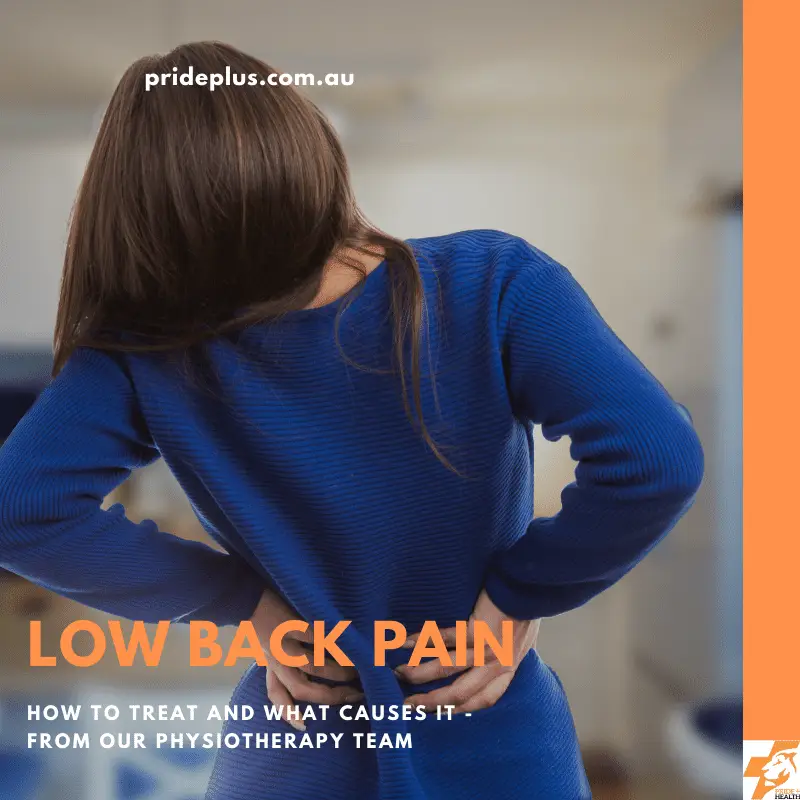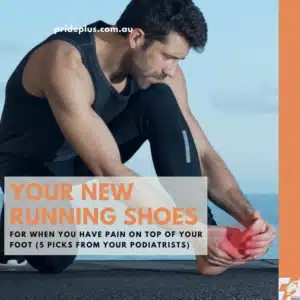Low back pain treatment is something almost all of us will seek in our lifetime. It’s so common, up to 85% of us will experience an acute bout of low back pain. If you are reading this article, chances are you have low back pain.
Even if you don’t, it is likely you would experience an episode in the near future.
The good news?
Low back pain is rarely dangerous and most episodes of low back pain improve.
Let’s get into the post.
Covered in this article on low back pain treatment
- Acute low back pain
- Mechanical lower back pain
There is barrage of information from the media, magazines and the internet on low back pain treatment. At times it’s conflicting too. It’s really difficult to discern what is the best thing to do when you experience low back pain.
In this article, we are going to focus on all things exercises related to low back pain and discuss if they will help you.
Before we begin, let’s ask ourselves, why do people get back pain?
Is it because of…
- Weak core?
- Poor posture?
- Tight hamstring?
- Tight Hip flexors?
- Weak glutes?
- Getting old?
- Heavy lifting?
I wouldn’t be surprised if you are unsure about that list. If you asked a group of physiotherapists, you might get totally different answers.
The understanding of why people get low back pain has continued to evolve over the years. It was initially thought to be caused by excessive spinal flexion, then it was spinal extension.
Now, the trend is to recommend neutral spine during loaded activities.
Sounds like a mess…but today we are going to clear things out.
With growing investigations in pain science, researchers have come to identify the significance of biopsychosocial processes contributing to the experience of pain. Especially in low back pain.
On top of physical factors, much research has been performed on how biological, psychological, emotional and environmental variables affect pain. It is important to recognize such factors when addressing your low back pain.
Back pain can be classified into a few categories depending on their presentation.
Acute Low Back Pain (LBP)
In a clinical setting, we commonly see people who developed back pain after lifting something heavy, or after an awkward movement. At other times, back pain can also develop for no apparent reason. For instance, there have been reports of people who wake up with low back pain.
Patients with such back pain often complain of backaches with a sustained position in sitting or standing. Sometimes “catching” in the back when moving between positions.
It is also commonly observed that these low back pain sufferers tend to walk with a stiff back or sometimes a side sway of the trunk with an increased tone of the back muscles.
What is thought to have caused such back pain is overstretching of a ligament or muscle, a problem with the disc or joints between the spine.
However, it is difficult to pinpoint a specific cause of the pain.
Why?
Low Back Pain Abnormalities
It has been found that with age, structural “abnormalities” of the discs, joints, ligaments are increasingly common. Yet a large group of people with such “abnormalities” continue to remain asymptomatic.
You might hear your Doctor telling you, “Mate, you got some degenerative changes in your spine.” It may sound scary! But, the way we should interpret such findings should be like how we look at the grey hair we grow as we get older – it’s part of part ageing but changes doesn’t always have to mean pain!
Most “abnormalities” seen on x-ray don’t mean much and they also do not provide additional information to guide treatment.
So don’t be too caught up with what you see on imaging findings for low back pain.
What is important though, is to understand is that with appropriate measures, most episodes of acute low back pain resolves within a period of 6 weeks. Gentle massage, use of heat pack and stretching & exercising of the tight muscles may provide relief and improve movements.
After the initial lower back pain treatment as has settled the pain it is not uncommon to have recurrences from time to time in future. Evidence suggests that the best way to prevent bouts of such low back pain is simply to keep active and to exercise regularly.
It is also sensible to be conscious of your movement when lifting heavy objects. For example, do not lift objects when you are in an awkward twisting posture.
Mechanical Low Back Pain
Back pain can also present in a mechanical fashion. Unlike acute low back pain which comes on soon after an inciting episode, mechanical back pain usually develops over time. In some people, it is related to static posture – sitting or standing for sustained periods or movement-related – when bending over, squatting, lifting etc.
It is suggested that bending or arching of your back at the end range of the available movement results in loading of passive structures. Repeated movements, sustained position or high loading in such positions is linked to low back strain and pain.
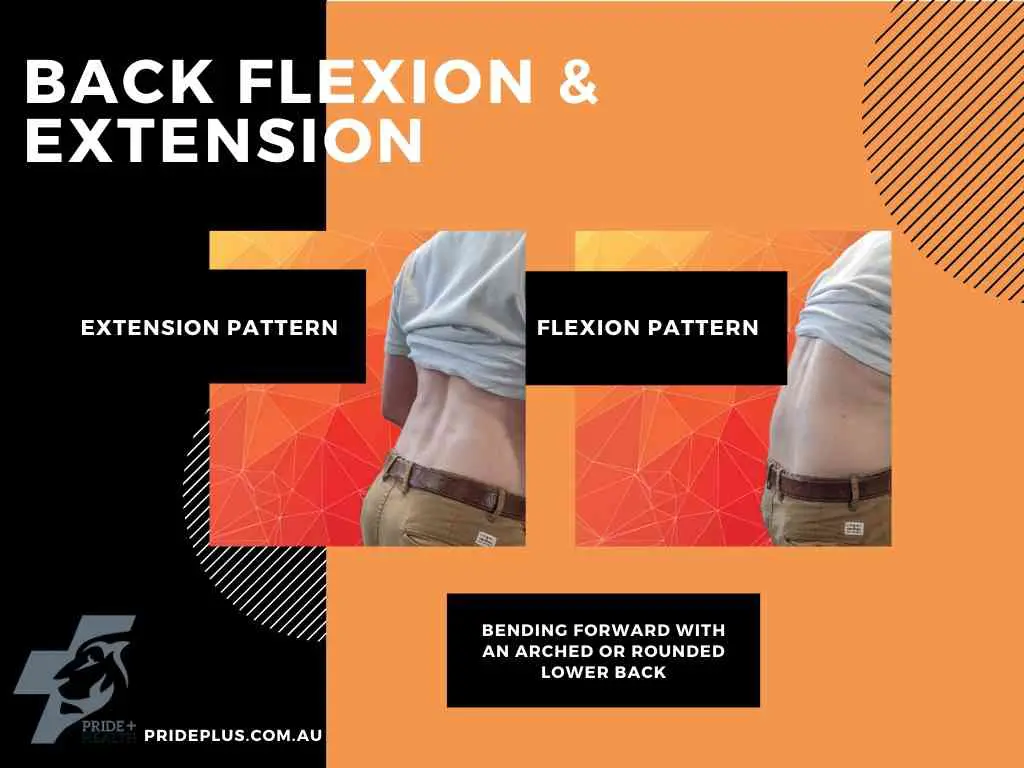
Clinically, it is not uncommon for people with mechanical lower back pain to present with rounded (flexion pattern) or excessively arched ( active extension pattern) lower back during functional activities (Fig 3). Table 1 summarizes some of the features observed in such patterns
Patterns of mechanical LBP
| Aggravating features | Resting posture | Motor Control | Easing factors | |
| Flexion pattern | movement and postures involving bending/ flexion of lower back | Loss of natural curve of the lower back. | Difficulty assuming/maintaining natural curve of the lower back. Tendency to flex at lower back. | straightening /extending the back |
| Active extension pattern | movement and posture requiring straightening/extension of the lower back | Excessive arching of the lower back | Excessive arching of the lower back during movement | bending / flexing the back |
For both groups, maintaining the lower back in a position closer towards neutral during functional activity and learning how bend and extend the trunk by hinging at the hips can be effective in improving symptoms.
Ahhh… it is all about the posture after all… Keep the chin tucked, chest out, tummy in, back straight … just like this…
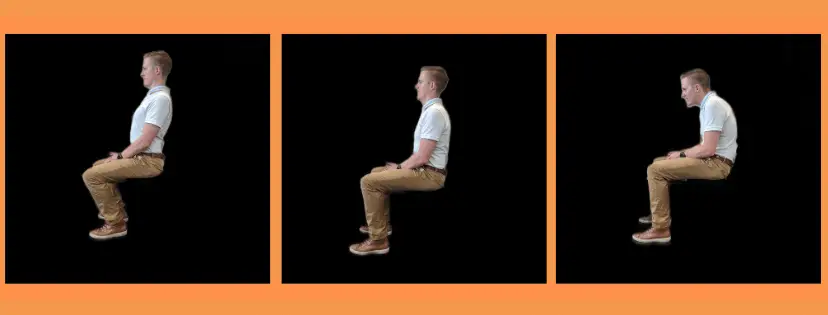
Well, it is actually not that simple
Studies on low back pain treatment
- Studies have failed to find an association between the alignment of the low back & pelvis and lower back pain.
- Studies which investigated training in lifting technique and use of lifting equipment failed to find evidence that suggests that training and use of assistive device help prevent back pain.
- A study compared lumbo-pelvic movement in people with and without back pain. The study found reduced movement awareness, movement speed and range of motion in all directions in the back pain group.
- A paper that looked at the spine loading characteristics of those with and without back pain found INCREASED spine loading and muscle activation. The low back pain group had severely restricted motion in a free lifting task.
- A study which investigated fear of movement found subjects with lower back pain presenting with increased trunk stiffness.
What these studies tell us is that there is no clear relationship between posture and back pain.
Why would adjusting my posture be an effective low back pain treatment?
Perhaps, the improvement in pain from adjustments in sitting and bending is merely avoidance of movements that irritate sensitised tissue.
What is more glaring from these studies is that loss of muscle relaxation and reduced movement around the low back being is a common signature of people with low back pain.
Encouraging a military-like upright rigid posture can actually be really challenging and requires conscious muscle activation. It might even discourage movements in those who are already frightened to move due to their pain. I wouldn’t expect this to be very beneficial for those who already have difficulty relaxing their back muscles.
What about my core?
This also begs the question if core exercises, which is often touted to be the solution to back pain, would be beneficial for back pain?
- One study that compared core stability exercises versus general exercises for chronic back pain concluded that core stability training outperformed general exercise in the short term but not in the longer term.
- Another paper found that a successful outcome for lower back pain using core-based exercises was not associated with improved abdominal muscle function
- Radiographic imaging study of rowers found those with low back pain to have larger cross sectional area of the muscles across the trunk. The authors concluded that lower back pain in rower is not attributed to muscle weakness.
- A review of studies on lower back pain compared the efficacy of different types of exercises on lower back pain. They found strength and resistance training exercises focusing on the whole body and trunk to be more effective.
As these studies suggest, no doubt exercise is beneficial for low back pain, but there is a lack of concrete evidence that suggests core exercises are superior to conventional exercises.
So what’s the solution then?
Low Back Pain Treatment
- If sitting causes back pain, explore position of comfort.
- Neutral often helps but it could also be any other position that you feel relaxed in.
- People with back pain may have reduced movement awareness.
- Pelvic tilt exercises in crook-lying or sitting can be exercises that help retrain position sense and help you explore the pain-free position in various positions.
Pelvic tilt exercise as low back pain treatment
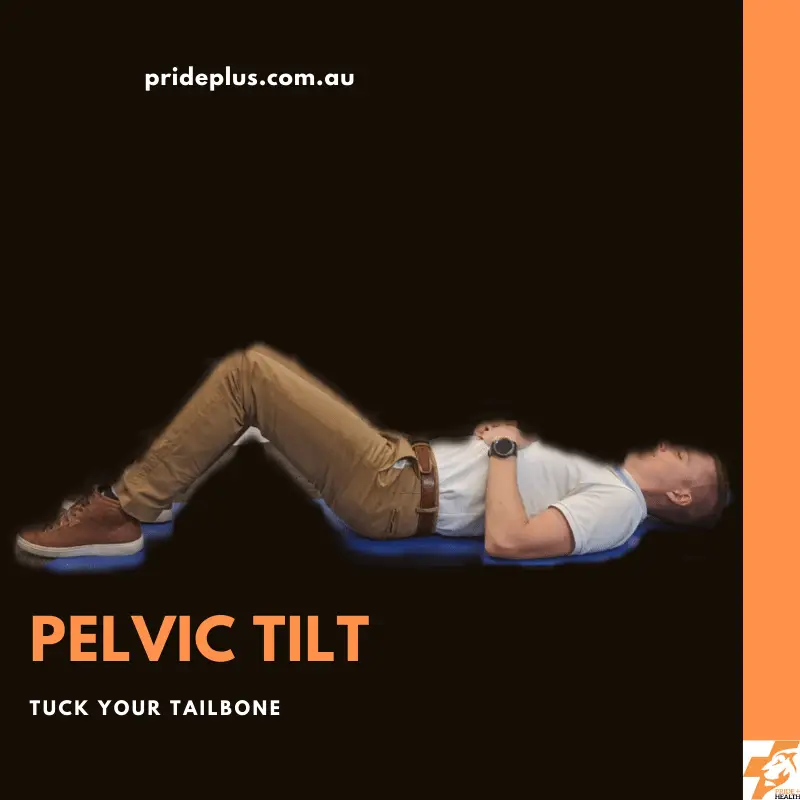
- Begin in a crook-lying position.
- Position your feet close to your bottom.
- Gradually tuck your tail bone up, feeling for contractions of your abdominal and glute muscles and a gradual flattening of the arch of your back.
- Slowly lift your bottom up while maintaining the relative position of your pelvis to your trunk.
Hip Hinge Exercise
Lifting, reaching task which requires bending or extending the spine can aggravate pain
Learning how to bend and extend through a hip hinge transfers load the from the spine to the hips reducing load through the sensitive structures of the spine.
- Place a dowel along your back so there are three points of contact: the back of your head, the upper back, and the sacrum.
- From there, with your feet shoulder width apart and toes pointed slightly outward, sit back with the hips, all the while maintaining contact at the three points.
Explore the freedom of movement
Remember the loss of muscle relaxation and reduced movement around the low back is a common signature of people with low back pain.
Initially, when experiencing back pain, it makes sense that people stiffen up or brace their back to limit movement so as to protect it from movement-induced pain. However, long after the acute episode has subsided, some people may continue to maintain that stiff back! We should remember that the spine is designed to bend and twist and to do that selective control of the muscles is necessary.
A little wiggle of the spine wouldn’t hurt!
Stay tuned to our blog!
In the next few weeks I will be putting out exercises that would help you get your wiggle back! We will also discuss more about chronic back pain.
Remember, physical factors covered here are just part of the variables contributing to pain. It is also important to consider other biological, psychological, emotional and environmental factors.
In the meanwhile, if you are looking for someone to discuss your low back pain treatment with, you can book an appointment with one of our Physios here.
Online Telehealth Physiotherapy Now Available – Secure Your Free Session
Disclaimer
This article is not medical advice or treatment plan and is intended for general education purpose only. This article should not be used to self-diagnose or self-treat any medical or physical conditions. Consult your healthcare professional before attempting anything contained in this article.
References
Marras, W. S., Davis, K. G., Ferguson, S. A., Lucas, B. R., & Gupta, P. (2001). Spine loading characteristics of patients with low back pain compared with asymptomatic individuals. Spine, 26 (23), 2566-2574.
Nourbakhsh, M. R., & Arab, A. M. (2002). Relationship between mechanical factors and incidence of low back pain. Journal of Orthopaedic & Sports Physical Therapy, 32 (9), 447-460.
McGregor, A. H., Anderton, L., & Gedroyc, W. M. W. (2002). The trunk muscles of elite oarsmen. British journal of sports medicine, 36 (3), 214-216.
Panjabi, M. M. (2003). Clinical spinal instability and low back pain. Journal of electromyography and kinesiology, 13 (4), 371-379.
McGill, S. M., Grenier, S., Kavcic, N., & Cholewicki, J. (2003). Coordination of muscle activity to assure stability of the lumbar spine. Journal of electromyography and kinesiology, 13 (4), 353-359.
O’Sullivan, P. (2005). Diagnosis and classification of chronic low back pain disorders: maladaptive movement and motor control impairments as underlying mechanism. Manual therapy, 10 (4), 242-255.
Dankaerts, W., O’Sullivan, P., Burnett, A., & Straker, L. (2006). Altered patterns of superficial trunk muscle activation during sitting in nonspecific chronic low back pain patients: importance of subclassification. Spine, 31 (17), 2017-2023.
Martimo, K. P., Verbeek, J., Karppinen, J., Furlan, A. D., Takala, E. P., Kuijer, P. P. F., … & Viikari-Juntura, E. (2008). Effect of training and lifting equipment for preventing back pain in lifting and handling: systematic review. Bmj, 336 (7641), 429-431.
Wang, X. Q., Zheng, J. J., Yu, Z. W., Bi, X., Lou, S. J., Liu, J., … & Shen, H. M. (2012). A meta-analysis of core stability exercise versus general exercise for chronic low back pain. PloS one, 7 (12).
Mannion, A. F., Caporaso, F., Pulkovski, N., & Sprott, H. (2012). Spine stabilisation exercises in the treatment of chronic low back pain: a good clinical outcome is not associated with improved abdominal muscle function. European Spine Journal, 21 (7), 1301-1310.
Karayannis, N. V., Smeets, R. J., van den Hoorn, W., & Hodges, P. W. (2013). Fear of movement is related to trunk stiffness in low back pain. PloS one, 8(6).
Laird, R. A., Gilbert, J., Kent, P., & Keating, J. L. (2014). Comparing lumbo-pelvic kinematics in people with and without back pain: a systematic review and meta-analysis. BMC musculoskeletal disorders, 15(1), 229.
Searle, A., Spink, M., Ho, A., & Chuter, V. (2015). Exercise interventions for the treatment of chronic low back pain: a systematic review and meta-analysis of randomised controlled trials. Clinical rehabilitation, 29(12), 1155-1167.

